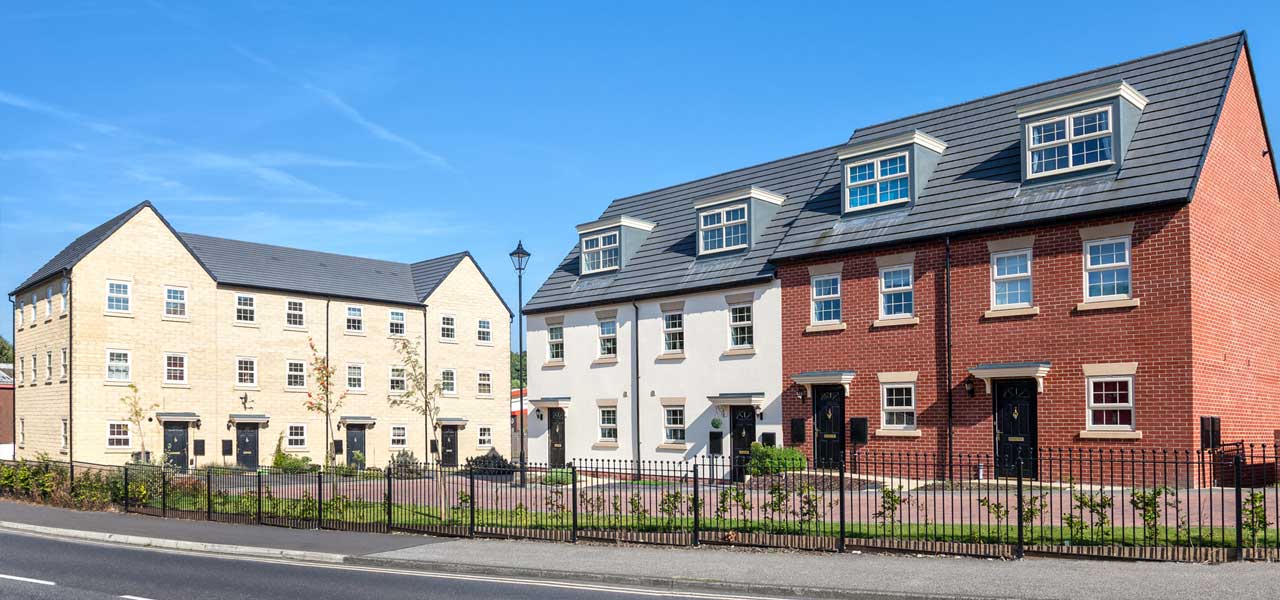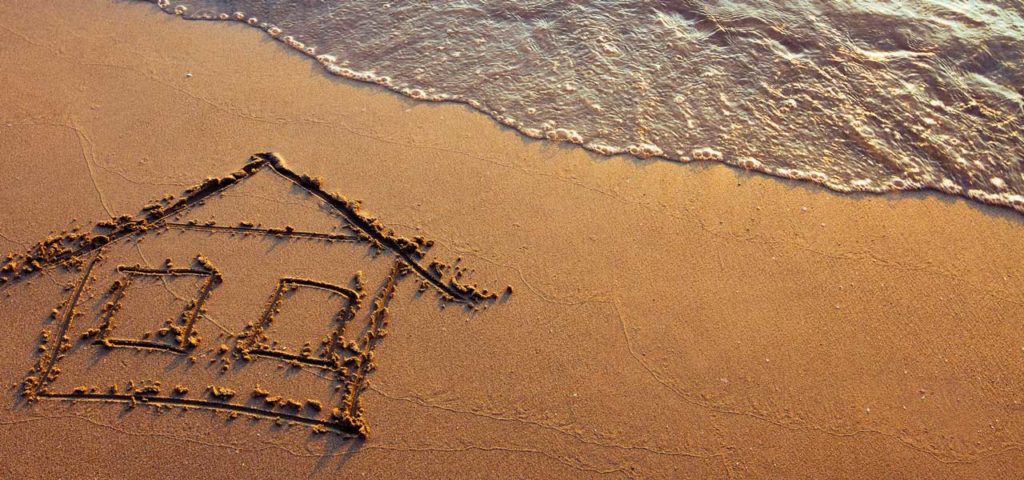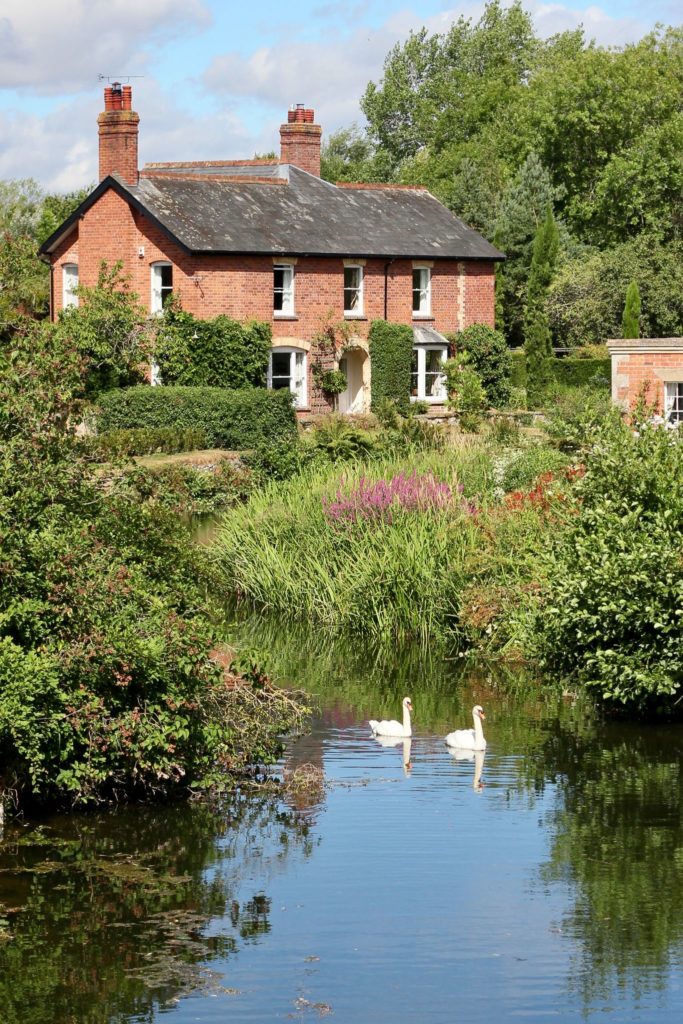

Stamp Duty
Stamp Duty is calculated on the part of the property purchase price that falls within each band
Stamp Duty
Stamp Duty is calculated on the part of the property purchase price that falls within each band
Duty on second properties
Buyers of additional residential properties, such as second homes and buy-to-let properties, will have to pay an extra 5% in duty on top of current rates for properties up to £250,000 with increasing rates after. If you buy a new main residence but there’s a delay in selling your previous main residence, you’ll have to pay the higher Stamp Duty rates as you’ll now own two properties.
You can request a refund for the amount above the normal Stamp Duty rates in some circumstances. Please refer here.
Relief for first time buyers
If you’re a first-time-buyer in England or Northern Ireland, you will pay no Stamp Duty on properties worth up to £425,000. This means if you are a first-time-buyer, please note this will reduce to £300,000 from 1st April 2025.
Joint ownership and stamp duty relief
If you’re married and jointly buying a property, then you both need to be eligible first-time buyers to get First Time Buyers Stamp Duty relief. Unmarried people can still get a reduction in Stamp Duty, if the only person named on the mortgage deed is a first-time buyer.
There are a couple of things you need to be aware of:
- If the mortgage application is only in one name, it will be based on that person’s income alone, which might impact how much your lender is prepared to lend you
- You need to think about what would happen if you split up. If the property is in both names, you will both have a claim. If the property is only in one name, then it’s possible you or your partner could be left with nothing legally.





